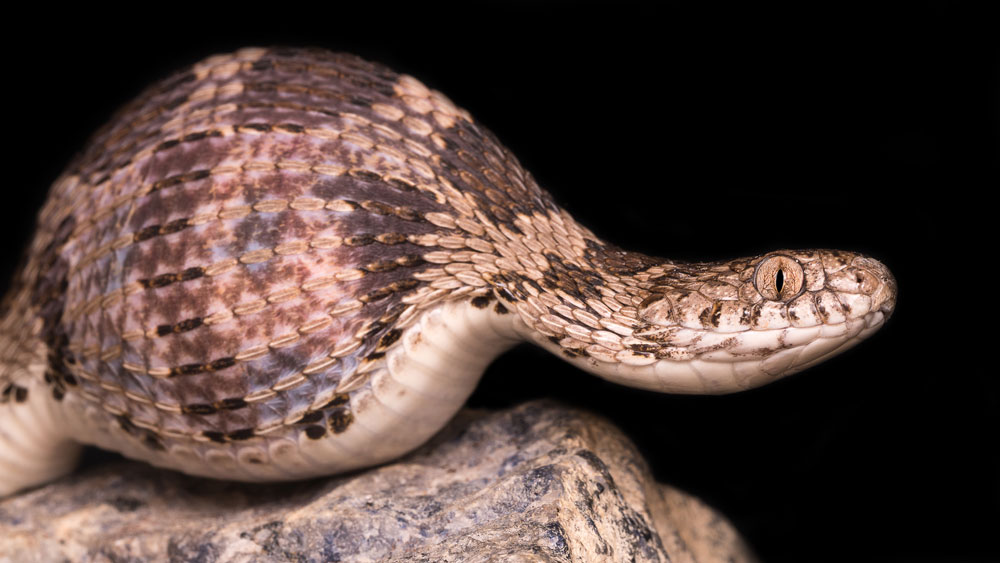The researchers found that the lower jaw of snakes and lizards are a major element in their ecological experimentation and adaptation that work together with the muscles that close the jaw that supports defense and feeding.
Why do egg eating snakes have different jaws from a boa constrictor? Yet both have unique and different jaws from Gerard’s water snake, which tears freshly molted crabs into bite sized chunks before eating the pieces.
They’ve evolved based on where they live and what they eat. These ecological drivers have set the stage for the morphological evolution of snakes and lizards, collectively lepidosaurs.
Evolutionary biologists at the University of Bristol in the United Kingdom have published a research paper on the wide array of snake and lizard jaws and how they have evolved based on the ecological factors in which these reptiles live and eat.
The unique jaw shapes of these reptiles has led to what the researchers say is extraordinary ecological success. The researchers found that the jaw shape of snakes are what they call morphological outliers and that they exhibit unique jaw morphologies that the researchers say are due to the flexibility of their skulls and their unique capability to swallow prey that is much larger than their heads.
“Our study shows how lizards and snakes evolved their disparate jaw shapes which adapted to their wide range of ecologies, diets, and habitats, driving their extraordinary diversity,” Dr Antonio Ballell Mayoral of Bristol’s School of Earth Sciences said in a press release put out by the university.
Snake Species Eats The Organs Of Poisonous Toads And Leaves The Body Alone
Unique Feeding Behavior For A Snake; Tearing Its Food Apart Before Eating It
“Interestingly, we found that jaw shape evolves particularly fast in ecologically specialised groups, such as in burrowing and aquatic species, and in herbivorous lizards, suggesting that evolutionary innovation in the lower jaw was key to achieve these unique ecologies.”
The researchers found that the lower jaw of snakes and lizards are a major element in their ecological experimentation and adaptation that work together with the muscles that close the jaw that supports defense and feeding.
The complete paper, “Ecological drivers of jaw morphological evolution in lepidosaurs” can be read on the Proceedings of the Royal Society B website.



